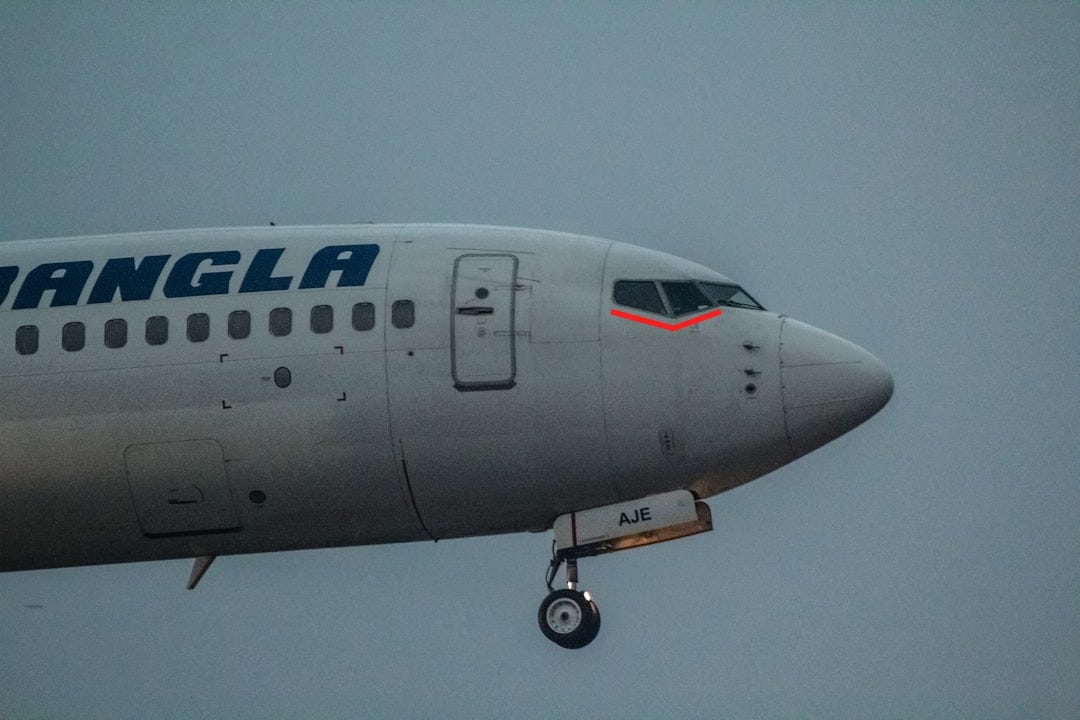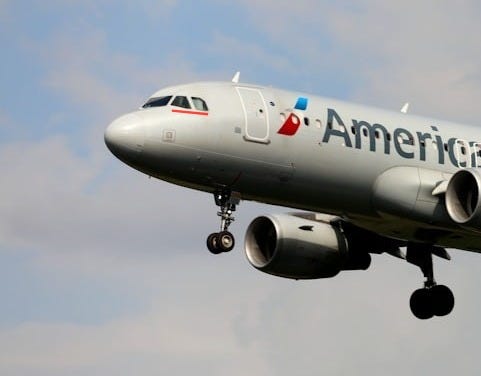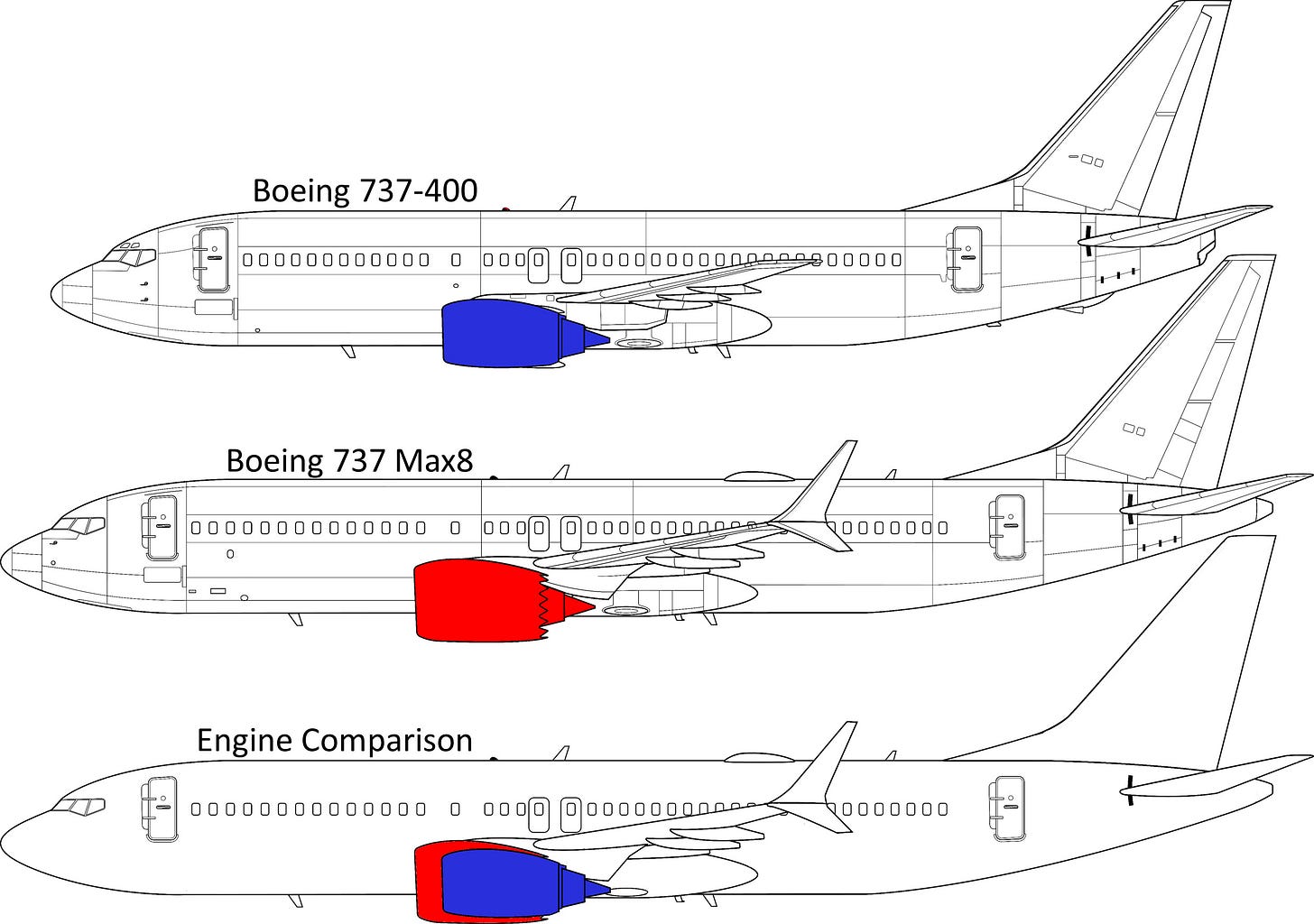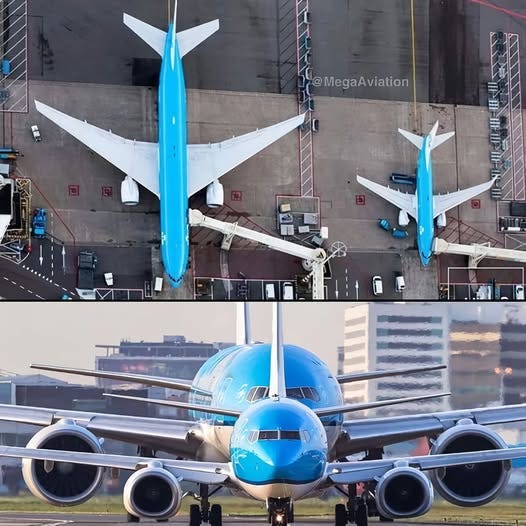Boeing 737 - A Dissection | vol. i
A breakdown of (one of) the most common planes in the world.
One of, if not the most recognizable name in all of aviation is the Boeing 737. Whether you have heard it on the news, have taken a flight in this ‘bird’, or have seen it in the sky, everyone has had some association with this plane.
The 737 is one of the most influential and culturally significant airplanes in history. This post will cover several items:
History?
When will I ride a 737?
How do I tell what plane is a 737?
Conclusion/Opinion Piece
Thank you for taking the time to read :)!
History?
The Boeing 737 family of airplanes is a narrow-bodied group of aircraft that is one of the most common planes in the world and features four distinct generations: Original, Classic, Next-Generation, and MAX. You should be more familiar with the latter two, as those are the more common active 737s currently.

Original
The original 737s, rightfully named the ‘Original’ series, were revolutionary technological developments within the aviation world. The ‘Originals’, introduced in 1967, consist of the 737-100 and 737-200.
What set the 737 apart was that it was one of the first twin-jet-engine airplanes by Boeing. Earlier models, such as the 707 and 727, had four and three engines, respectively. Additionally, the 737 was able to incorporate the successes of the 707 and 727, such as a 3-3 configuration, and the range, whilst having a far superior fuel efficiency..

Although the 737-100 was quickly replaced in assembly by the 737-200, both of the Original jets saw massive success in the market. Currently, the 737-100 has been virtually entirely phased out, while Nolinor (Canada) operates the largest fleet of 737-200s (Check out Nolinor’s Instagram. They brag about their -200s a lot).
Classic
The Classic series of 737s consists of the 737-300, 737-400, and 737-500. Production of the Classic series began in 1984 with the 737-300.
The biggest change for the Classic class of 737s was the introduction of new turbofan engines, the CFM56, which greatly increased thrust and efficiency for the plane. There were also several other smaller changes, such as a change of the tailfin, expanded wingspan, and a redesign of the tailfin

Historically, the largest carriers of the Classic models were United, Southwest, and Malaysian. However, as the 737 moved towards MAXs and Next-Gen models, many of these were phased out to make space for more technologically advanced airplanes.
Currently, the largest carriers of the Classics are iAero (US), SF Airlines (China), and UTair (Russia).
Next-Gen (NG)
If you end up flying on a short hop across the country in a 737, you are likely to fly in an NG or MAX series plane. Production of the NG planes began in 1993 and started flying in 1997. These planes are relatively modern, thus explaining why they’re the most active set of 737s.
The NG planes consist of the 600 to 900 planes within the Boeing lineup. What sets the NG planes apart from the Classic and Original is the new CFM56-7 engines, to combat rising fuel prices by massively increasing efficiency. Additionally, the introduction of a digital cockpit and a remodelling of the wings both added to the resume of the new 737.

The best-selling NG plane, and best-selling 737 ever, is the 737-800. Again, if you are taking a 737, it is highly probable that you will be taking an NG plane.
Currently, the top carriers of the NG planes are Southwest (US), Ryanair (Europe), and Delta (US). But a lot of western airlines also hold an incredible number of NG planes as well.
MAX
Lastly, and famously, the MAXs. The MAXs began production in 2011 and have been flying since 2017.
The new additions to the MAX family were the distinctive winglets and new CFM LEAP engines to improve general fuel efficiency. The media discourse on the crashes of the MAX was due to improper and rushed training. Trust me when I say that it has never been safer to fly in an airplane now, and you should not be worried about flying in a MAX.

The MAX is not yet the most common 737, but in time, it will likely overtake the NG planes. Currently, United, Southwest, and Ryanair are the lead carriers of the MAX planes.
When will I ride a 737?
The practical distance for a 737, on average, is around 5 to 6 thousand kilometres. Generally speaking, a flight across Canada or the US would use either a 737 or an A320. For example, I was on a trip to Anaheim last spring and we took a MAX 8 from Toronto to LAX.
For transcontinental or trans-Pacific/Atlantic, you’d likely fly on a larger plane, i.e. 787s, A350s, etc. (I can do a breakdown of those planes if there is demand).
How do I tell what plane is a 737?
Identifying a 737 boils down to two identifying categories: Boeing v. Airbus features and 737-specific qualities.
Boeing v. Airbus
Boeing and Airbus planes are the most commonly found commercial airplanes around the world. Thus, the differentiation between these two types of planes makes identifying a 737 far simpler.
One distinctive feature of Boeing jets is the exterior of the cockpit. While the bottom of the cockpit exterior on an Airbus is relatively straight, as pictured below, Boeing jets have a noticeable dip that differentiates them from other planes. Another key identifier is the nose of the plane. Boeing has a noticeably sharper tip, while Airbus jets have a (more) rounded nose.


737 Specific Features
On modern 737s, like the MAX family, the engines have flat bottoms, which exist due to advances in technology. Engines on modern airlines are inherently larger than earlier models due to the need for longer-haul flights or better efficiency. The 737, from its earliest origins, was a short-haul airplane where the fuselage of the plane was near the ground. This was not a problem at the time, especially since many of the engines were smaller than today’s standards.
Over time, however, as planes began to be equipped with massive jet engines, the 737s’ clearance to the ground was heavily diminished. As a result, to compensate for the change in size, Boeing moved the engine forward and upwards. This quality is seen by how the engine protrudes above the wing, and also by having a flat bottom.

Generally speaking, narrow-bodied airplanes, like the 737 or A320, can be identified by their… size. Compared to large transcontinental planes, like the 777 and A350, or regional carriers, such as the ATR-72 or Q400/Dash-8, the size difference is jarring. Pictured below is the massive difference between a wide-body and narrow-body airplane.

Conclusion/Opinion Piece
Whenever my friends are taking a plane, they always flock to me to ask if their plane is safe. Notably, if it is a MAX, they go crazy (negatively).
There has been a lot of fearmongering within media outlets recently, and that is the reason why air travel seems to be so befuddling. Look, at the end of the day, all the planes that are currently in the sky have been tried and tested countless times. The pilots who fly the planes have thousands of hours flown in planes. Everyone involved in a flight is so incredibly experienced. Like I’ve said earlier, it has never been safer to fly in an airplane in our modern day and age.
When I think about a plane, normally I’d first think about the 737, because of its prolific presence throughout almost every single (international) airport in the world. I still think that even though the 737 is not my favourite plane, it still plays an integral role in aviation, whether that be how iconic it is, or just how widespread the jet is.

Thanks for reading! If you have any comments or questions or notice any inaccuracies, let me know in the comments! If you have any other suggestions for any future pieces you’d like me to discuss (anything aviation-related!), then please let me know as well!



Thank you sir! Fun to read and quite informative. If I may make so bold as to propose a correction, the 727 was a trijet. Only single-engine jets I can think of were trainers, fighters or aerobatics planes.
amazing so informative